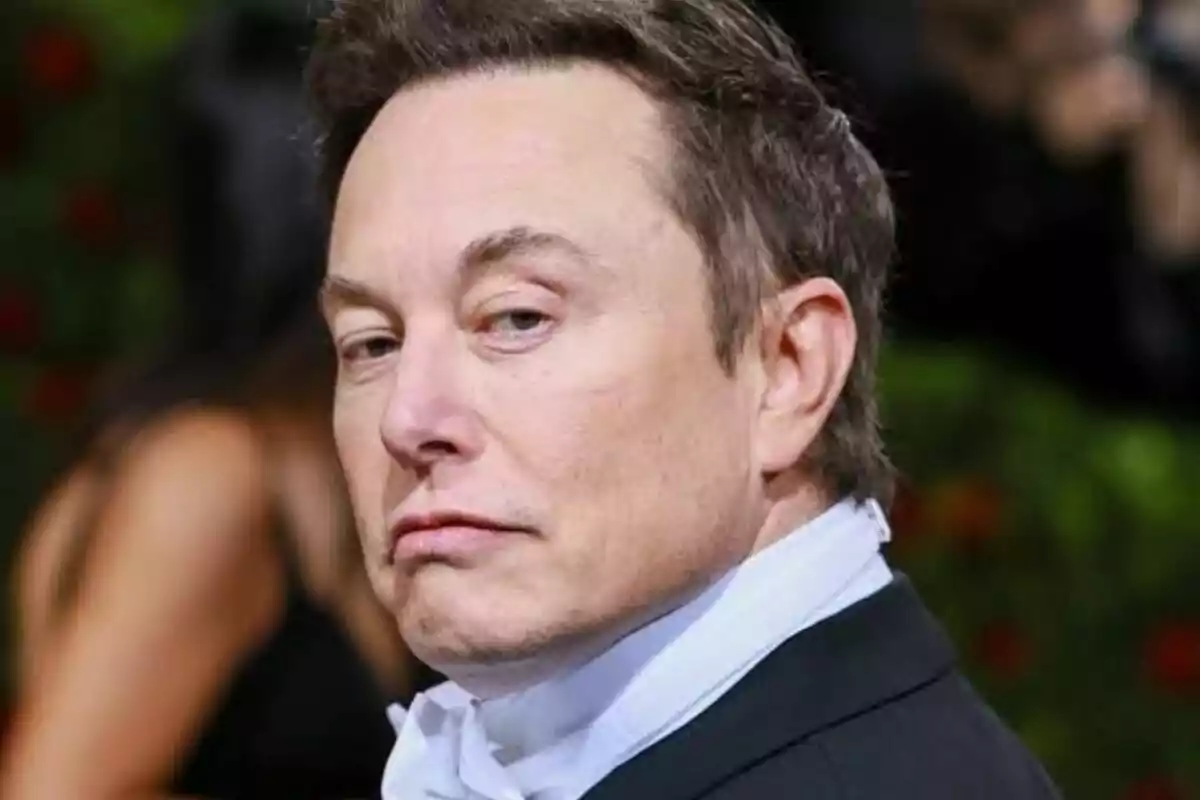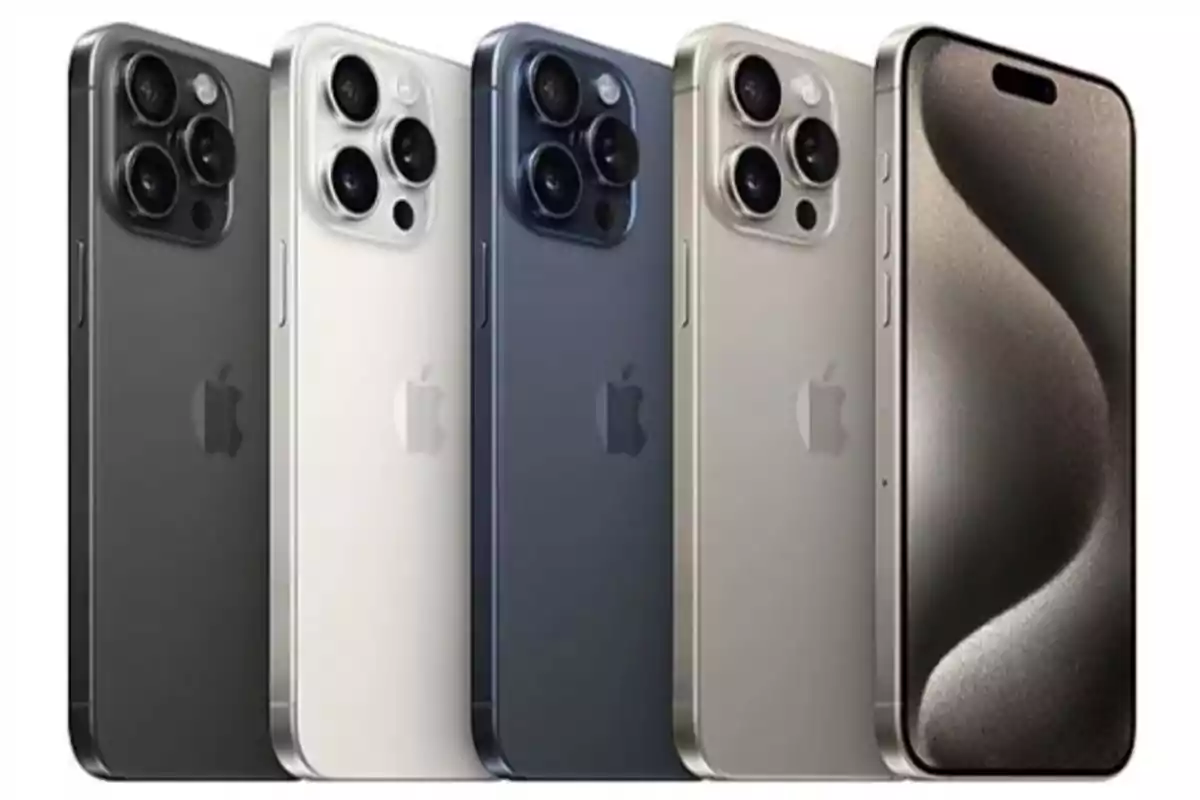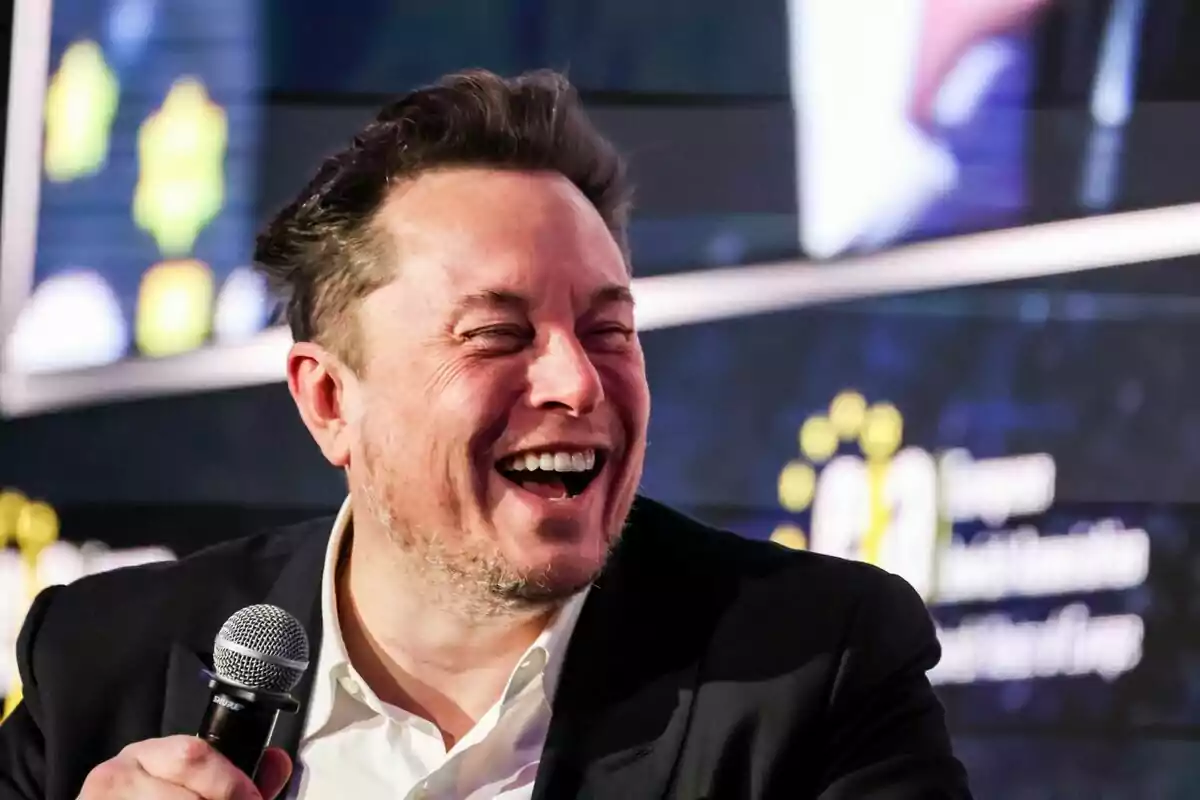
Elon Musk's warning if you have this iPhone in the United States: confirmed
The CEO of SpaceX makes an unprecedented announcement
In a move that promises to transform internet access, Elon Musk has confirmed that his Starlink satellite network will begin offering free service on compatible smartphones starting in July. This new phase of the project, driven by SpaceX and in collaboration with T-Mobile, will allow thousands of users to connect directly to the satellite. Mobile devices will connect when there is no mobile network coverage.
First devices compatible with the satellite network
The official list of mobile phones that will be able to access this free connectivity has already been published. Among the first compatible models are the iPhone 14 and above, several devices from Google's Pixel 9 series. It also applies to recent models from Motorola and Samsung, such as the Galaxy S21 and the foldable Z Flip 3 and Z Fold 3.

The connection will automatically activate when the phone loses signal from its usual carrier. It won't be necessary to make prior adjustments or manually configure the connection. The goal is to ensure constant connectivity, even in areas far from urban centers or with difficult access to traditional services.
Internet in places where it didn't reach before
Elon Musk has reiterated his intention to bring connectivity to remote regions, especially rural ones, where conventional networks are scarce or nonexistent. This first stage of Starlink Direct to Cell will provide basic services such as text messages, location sharing, and emergency calls.
The launch of this technology aims to close the digital divide that still exists in many corners of the world. According to Musk, the satellite infrastructure is already prepared to operate globally, but full availability will depend on the support each device manufacturer can offer.

A second phase with significant improvements
In the future, Starlink plans to expand the available functionalities. In a second stage, which doesn't have a confirmed date yet, it is expected to include voice calls and internet browsing. These advancements would make Starlink a real alternative to traditional mobile networks.
The possibility of connecting directly to the satellite without the need for external antennas or additional devices represents a significant leap in communication technology. Moreover, for now, the service will be free, which enhances its appeal compared to other more costly connectivity solutions.
Starlink positions itself as a key piece in Musk's vision of an interconnected world, regardless of location. Neither Google nor the European Union has yet managed to develop a satellite network with the global coverage that Starlink already offers, placing the project at the forefront of the sector.
More posts: